Log in or create new account to save this product to your wishlist.
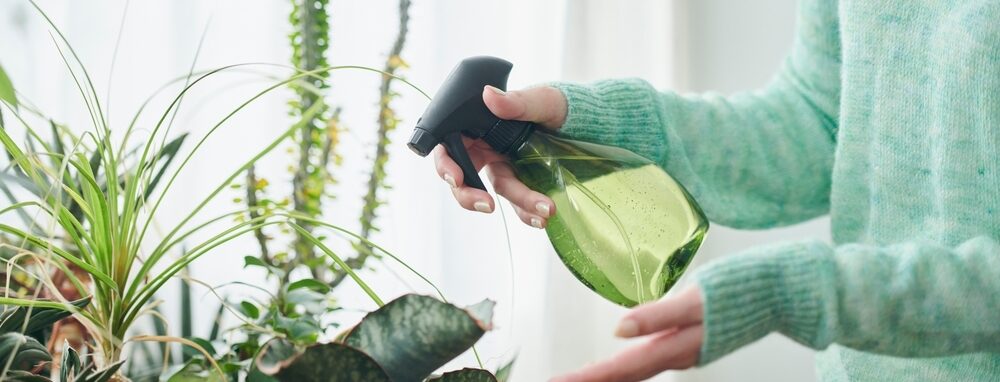
How to Care for Plants in Winter: A Simple Guide
When winter comes around, the care requirements of your plants change. Find out, how to adjust the care routine for your plants.
🌱 All important maintenance moments for your lawn during the year. Leave your email and we will send you the lawn calendar for free.
Enter your email
Receive the lawn calendar in the mail
Enjoy a green lawn all year round!
Did you know that overwatering is the number one killer of plants in winter? While most houseplants rest during the cold months and need watering only every 2–3 weeks, many plant owners continue their summer watering routines. In fact, winter brings unique challenges for plants in winter—indoor humidity might drop below 30% though most plants require around 50% to thrive.
Your winter indoor plants might show signs of stress through yellowing leaves, dry tips, or stunted growth. However, keeping your plants alive during the cold season doesn’t have to be complicated. Whether you’re tending to tropical beauties or hardy succulents, this guide will show you practical, proven methods to help your plants not just survive, but flourish throughout winter.
Common winter plant problems
Winter stress in plants manifests through various warning signs that require prompt attention. Initially, plants show subtle changes before severe damage occurs.
Plants display distinct signs of cold damage when temperatures drop below their tolerance levels. The most common symptoms include:
- Wilting or drooping leaves
- Discolouration turning from green to yellow or brown
- Blackened stems and foliage
- Water-soaked patches on leaves
- Root ball loosening in the pot
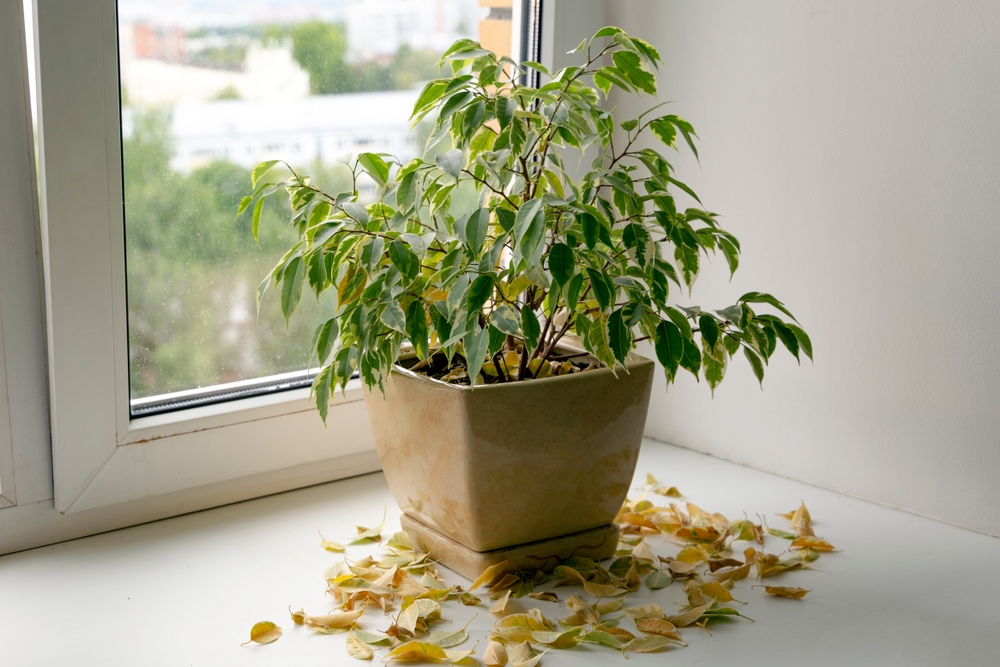
Subsequently, frost cracks might appear in woody plants, particularly when winter sun warms the bark to temperatures much higher than the surrounding air.
Emergency care procedures for plants
First thing to remember, avoid pruning frost-damaged areas immediately. Additionally, check soil moisture levels, as overwatering can lead to root rot, a potentially fatal condition. Furthermore, if your cacti and succulents face temperatures below 12 °C, move them to a warmer area.
For emergency recovery, water affected plants carefully in the afternoon or evening after a freeze. Notably, group potted plants together in sheltered areas to maintain warmth. Important to realise, plants need rest during winter, consequently, avoid adding fertiliser during this period.
Room-specific solutions for plants in winter
Different rooms in your home create unique environments for indoor plants in winter. Accordingly, each space requires specific plant care strategies based on its conditions.
Bathroom and kitchen plant care
Bathrooms and kitchens naturally maintain higher humidity levels, making them ideal for moisture-loving plants. Spider plants and peace lilies flourish in these spaces, given that they thrive in humid conditions. Boston ferns particularly enjoy bathroom environments, benefiting from shower steam and filtered sunlight. At the same time, these rooms often experience great temperature fluctuations. Just think about how cold it gets when you open the windows after you cooked a rich meal or had a steamy shower.
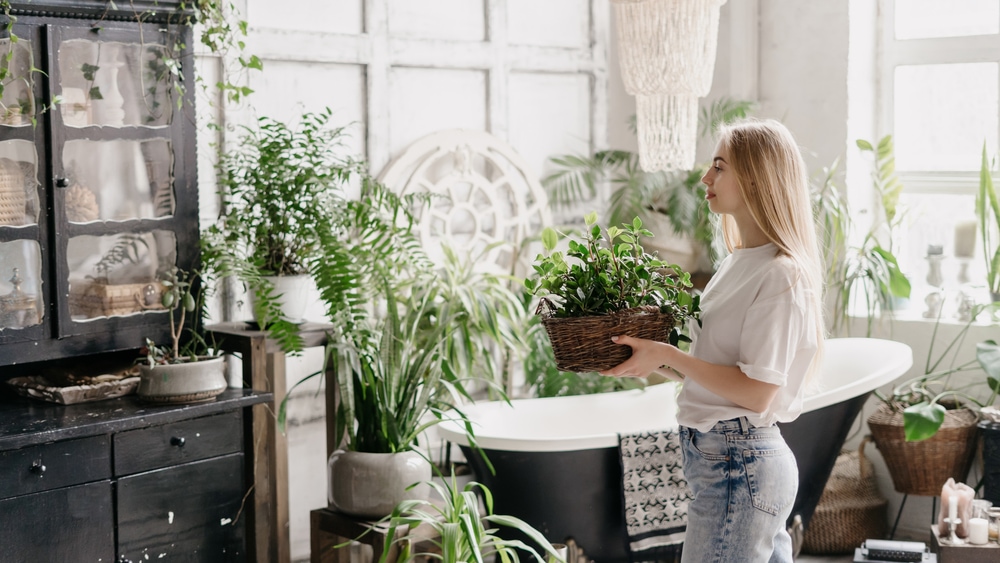
Living room and bedroom strategies
Living rooms and bedrooms typically maintain temperatures between 18-21 °C, which suits most indoor plants. Specifically, these spaces require careful plant positioning:
- ZZ plants and snake plants—ideal for living rooms with temperatures down to 8 °C
- Cast iron plants—perfect for bedrooms, tolerating temperatures as low as 7-10 °C
- Chinese evergreen—suited for both spaces, managing temperatures down to 10 °C
Dealing with drafts
Drafts pose significant challenges for indoor plants in winter, primarily near windows and doors, where temperatures can fluctuate dramatically. Essential protection measures include moving plants 30-60 cm away from windows during night hours. Coupled with this, consider using radiator box covers to protect nearby plants from direct heat. Monitor your plants for signs of draught damage, such as wilting or leaf curling, and adjust their position accordingly.
Winter-proofing different plant types
Proper winter care varies significantly based on plant type, primarily because each species has evolved to handle cold differently. Understanding these distinctions helps provide optimal care for your indoor garden.
Tropical plants winter care guide
Tropical plants require careful attention as temperatures drop. These plants struggle when temperatures fall below 10 °C. Therefore, bring them indoors at the first sign of cooling weather.
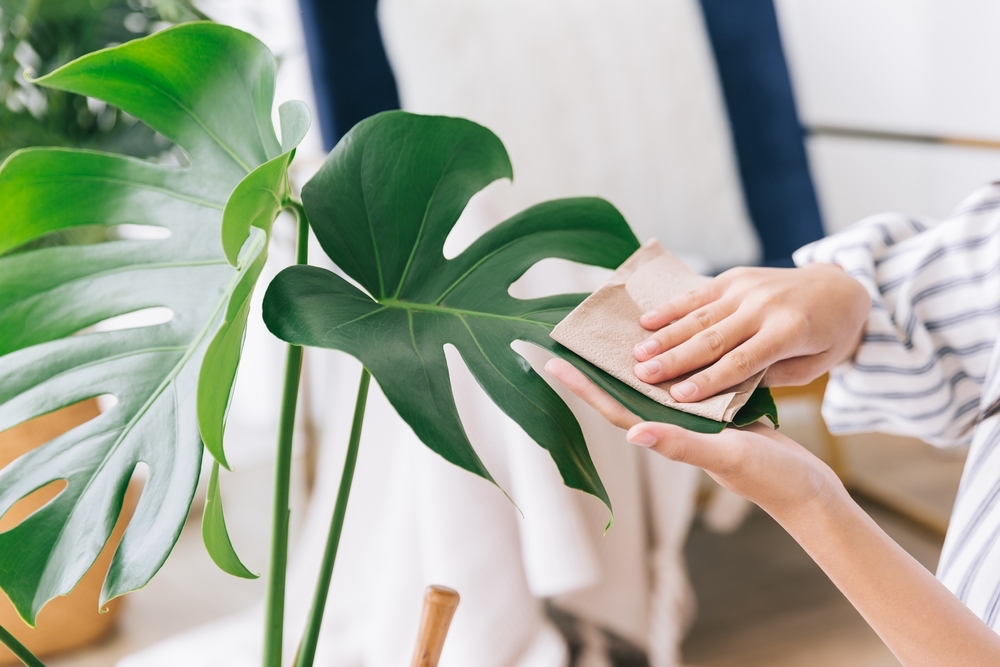
For optimal winter care, reduce watering frequency and stop fertilising until you notice new growth in late winter. Indeed, many tropical plants benefit from a period of dormancy in a cool space with minimal light. As well as temperature control, maintain humidity levels between 40-60% by grouping plants together or using humidity trays.
Succulent and cacti winter tips
Succulents and cacti follow distinct winter patterns. Most desert cacti need watering only once a month during winter. For outdoor succulents, water them only when the soil is completely dry, using the toothpick test—if soil residue sticks to the toothpick, skip watering.
Special care for flowering plants
Flowering tropical plants like hibiscus benefit from a trim in winter, just before the spring starts.
For winter-blooming plants like Christmas cacti, maintain light watering whenever the soil feels dry. Ultimately, success depends on providing proper light—most flowering plants require as much indirect light as possible every day. So, try not to leave the black-out curtains closed all day.
Advanced winter protection methods
Advanced technology and innovative solutions offer enhanced protection for indoor plants during winter. Primarily, they help by creating controlled environments that maintain optimal growing conditions throughout the cold season.
Creating protective plant environments
Terrariums serve as miniature greenhouses, offering excellent winter protection for small plants. These enclosed environments need minimal maintenance once properly set up. Position terrariums near north- or east-facing windows for bright, indirect light at least six hours daily. Alternatively, use artificial grow lights if suitable window positions aren’t available.
Using smart technology for plant care
Modern plant sensors revolutionise winter care by providing real-time monitoring. These solar-powered devices connect wirelessly to smartphones, tracking crucial factors:
- Soil moisture levels
- Light exposure
- Temperature variations
- Humidity percentages
Smart sensors use colour-coded systems to indicate plant health—red for very dry conditions, yellow for acceptable states, and green for optimal conditions. In addition to monitoring, automated watering systems adjust irrigation based on real-time weather data, ensuring plants receive appropriate moisture levels.
DIY winter plant care solutions
For cost-effective protection, create simple yet effective barriers against cold. Essentially, bubble wrap insulation helps retain heat in greenhouses and around potted plants. Place bamboo canes around vulnerable plants and secure horticultural fleece or bubble wrap to create protective tents.
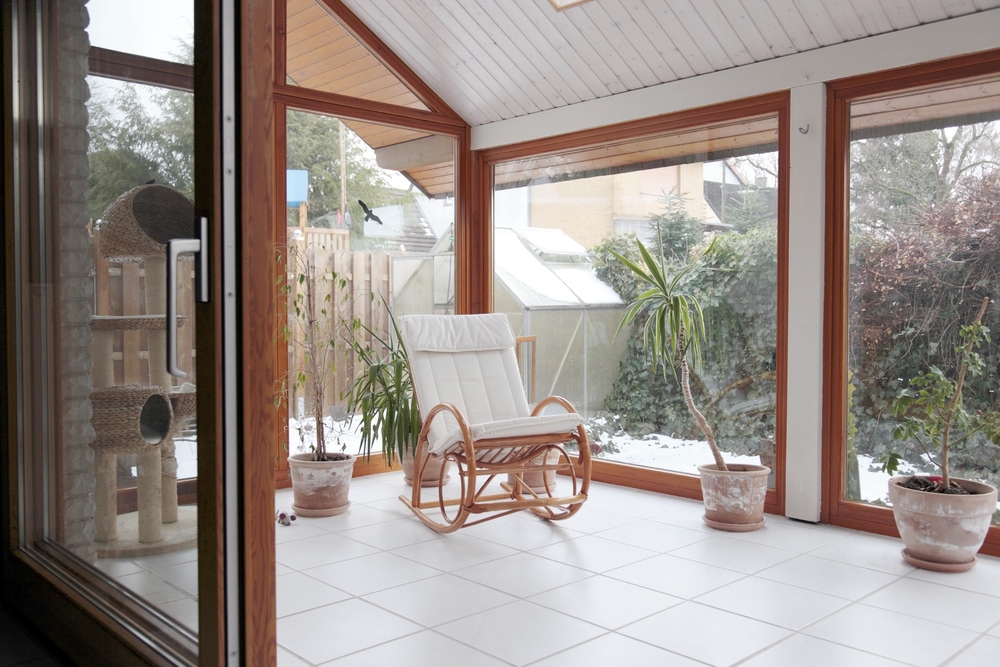
Occasionally, it helps to wrap stems with straw or bark, loosely packed into chicken wire sleeves. Generally, position plants in sheltered spots and group containers together for mutual protection. Overall, these methods work best when combined with regular monitoring of soil moisture—if soil doesn’t stick together like a snowball, it needs watering.
If you want to protect plants that are outside all year round, you’ll find more information in our guide on preparing your garden for winter.
Time to pamper your plants in winter
Winter plant care might seem daunting, though armed with the right knowledge and tools, you can help your plants thrive through the cold season. Understanding your home’s unique environment, from humid bathrooms to draughty windows, allows you to create ideal conditions for different plant types.
Smart technology offers excellent support for monitoring plant health, while simple DIY solutions like bubble wrap barriers provide practical protection. Whether tending to tropical beauties or hardy succulents, each plant type requires specific attention during winter months.
Remember that most plants consume less water and fertiliser during their winter rest period. Careful observation of warning signs, coupled with prompt action, will ensure your indoor garden remains healthy until spring arrives. Your plants will reward your dedicated winter care with vibrant growth when warmer days return.
Don’t forget: When the winter nears its end, many plants benefit from a little trimming. If you are looking for guidance on those topics, you are invited to have a look at our articles about pruning plum trees, ornamental grasses, strawberries, or camellias.
Any questions, tips, or inspiring ideas? Please leave a comment for us!
-
Zero-Waste Gardening – This is How You Do It!Did you know that the average person wastes between 100 and 150 kilos of food every year? That's why the concept of zero-waste gardening is becoming increasingly important for environmentally conscious gardeners that like to do their gardening greener.Read more
-
How to Master Tree Pollarding: A Practical GuidePretty dense! What might be an insult to some, is certainly a compliment to trees. Through pollarding, you can make sure, your trees have a dense crown of beautiful leaves.Read more
-
Get Ready: Here are 5 Garden Trends for 2025Curious about the latest garden trends for 2025? From smart solutions to sustainable choices, discover all the outdoor trends that are transforming British gardens!Read more
-
Companion Planting Made Easy: A Step-by-Step TutorialStrategic plant partnerships can solve common gardening problems like pest invasion and disappointing yields. Find out which plants are great together in our companion planting guide.Read more
-
How to Grow Sweet Potatoes in Your GardenWant to know something splendid? A single sweet potato plant can produce 5 to 10 pounds (4.54 kg) of nutritious tubers—plenty to keep your family’s pantry well-stocked for weeks!Read more
-
Revive Your Lawn After Winter With These Easy StepsTired of winter lawn damage? Discover how to repair brown spots, remove weeds, and revitalise your grass for a thriving garden this spring.Read more
-
A Complete Guide On Lighting for Your House PlantsAchieve perfect lighting for houseplants! This guide covers light mapping, plant placement, and grow light tips to help your plants flourish indoors.Read more
-
How To Get Rid of Japanese Knotweed EffectivelyLearn to recognise Japanese knotweed quickly and control it effectively. Prevent damage to your garden with our tips for safe removal.Read more
Leave a comment
Your answer will be displayed on the site and the interested party will be notified by email.
Leave a comment
Have a question or want to share your experience? Leave us a comment.
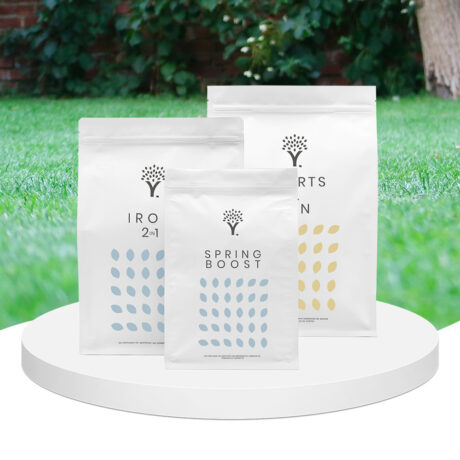
- Order by 2PM = shipped today
- 250.000+ satisfied customers!
- 60 day satisfaction guarantee
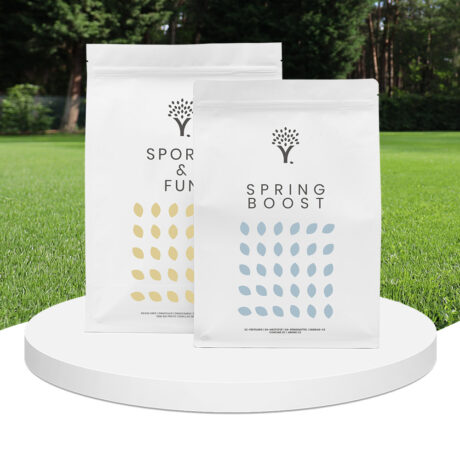
- Order by 2PM = shipped today
- 250.000+ satisfied customers!
- 60 day satisfaction guarantee

🌱 All important maintenance moments for your lawn during the year. Leave your email and we will send you the lawn calendar for free.
Enter your email
Receive the lawn calendar in the mail
Enjoy a green lawn all year round!






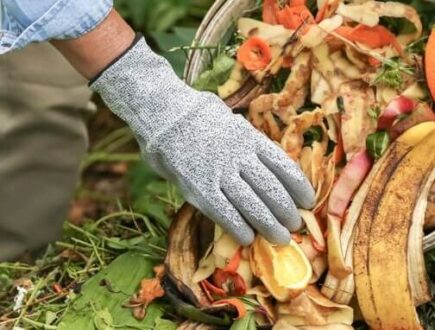

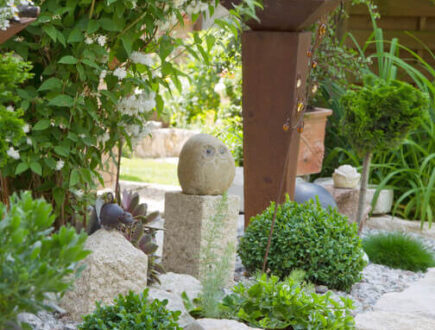




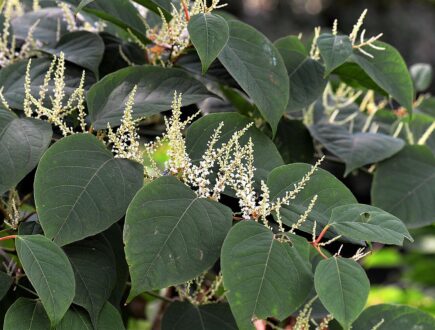
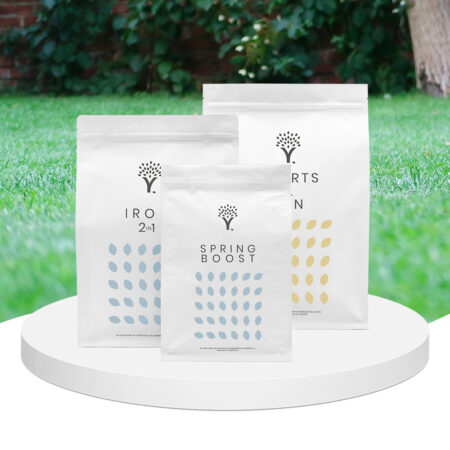
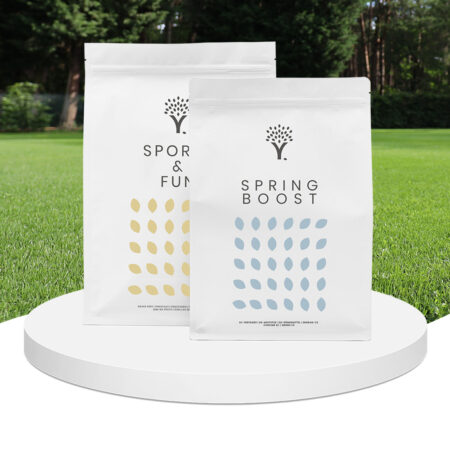
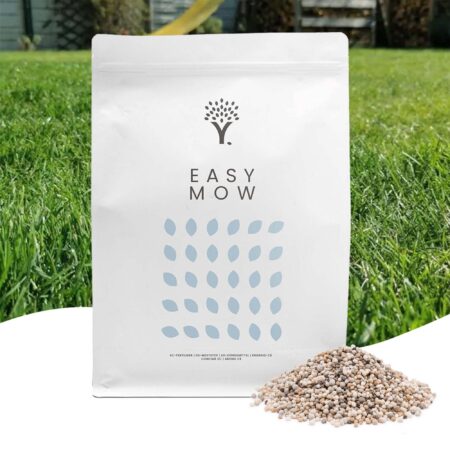
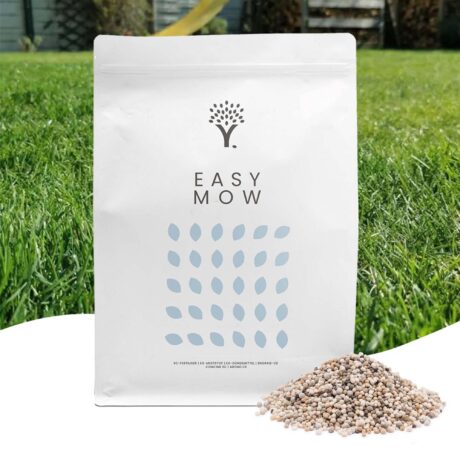

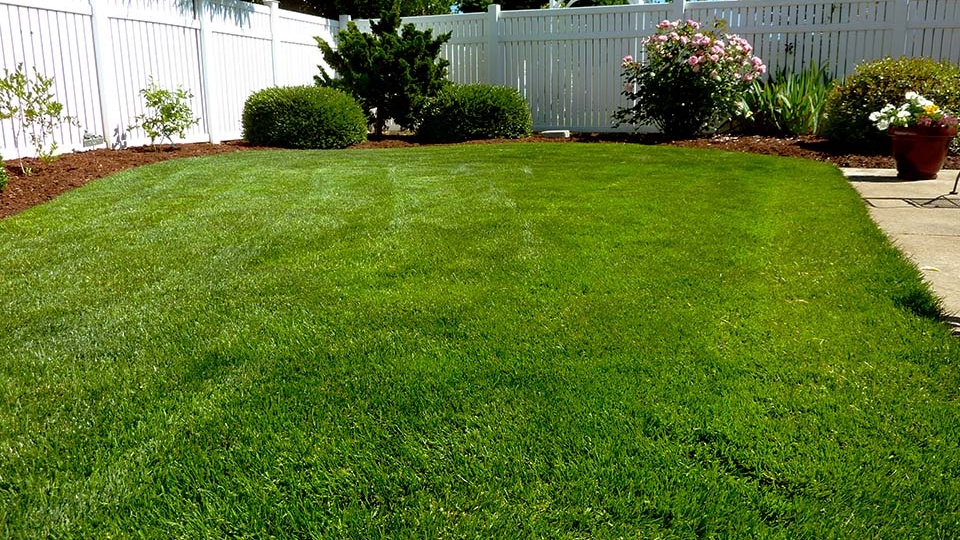
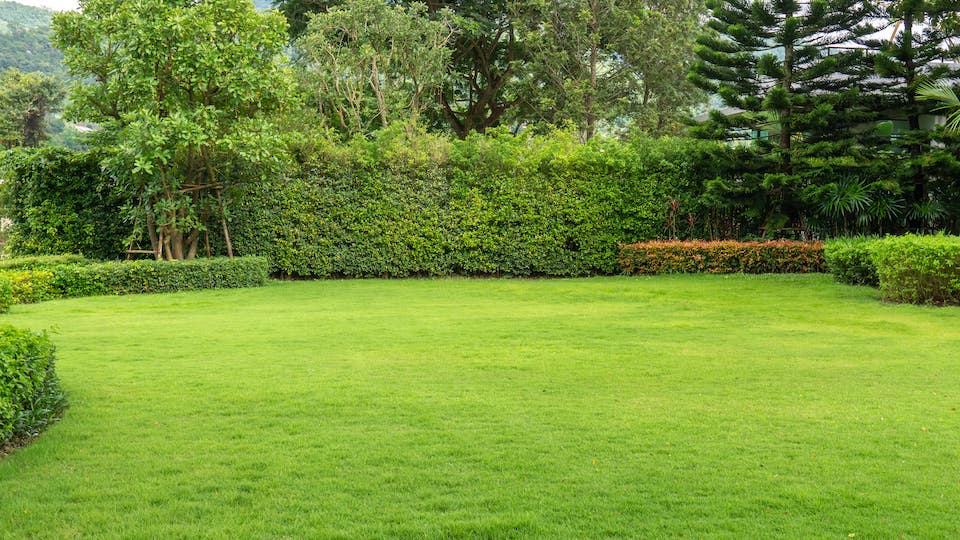
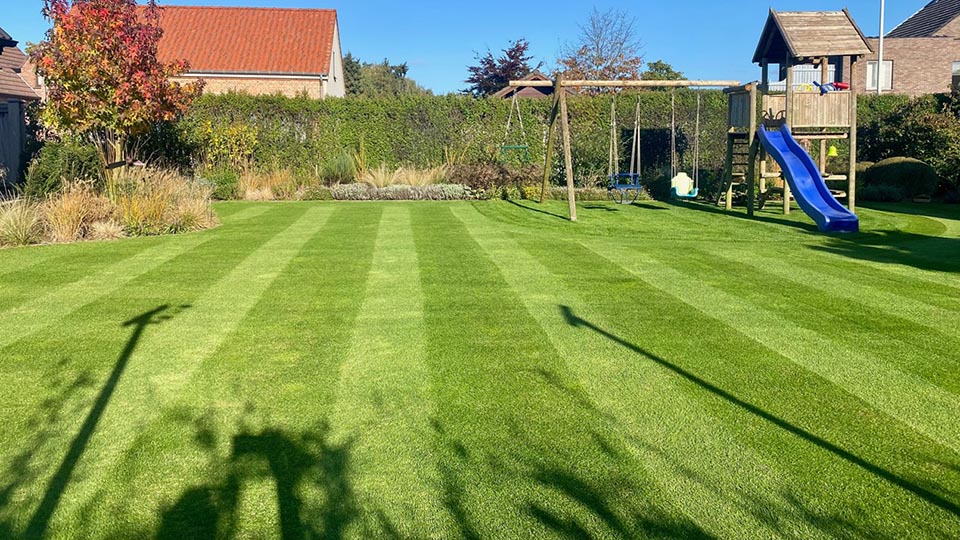

Comments (0)
There are no comments yet. Well then, what are you waiting for to
Be the first to write your comment!inaugurate this pretty page?
Do you have some comments?